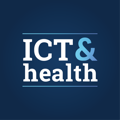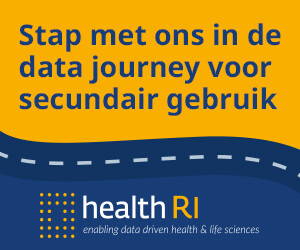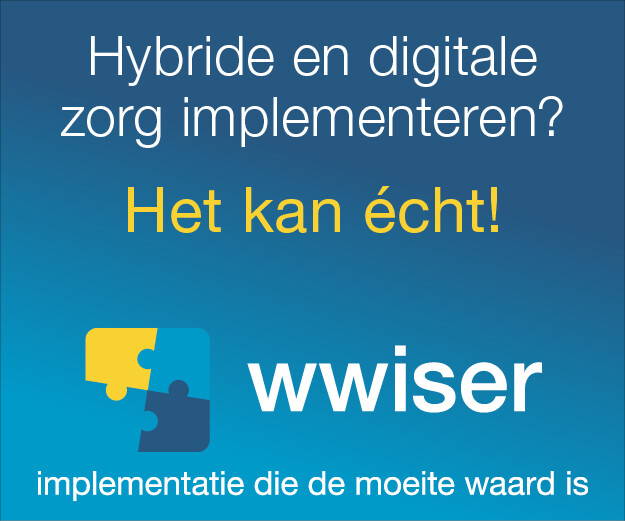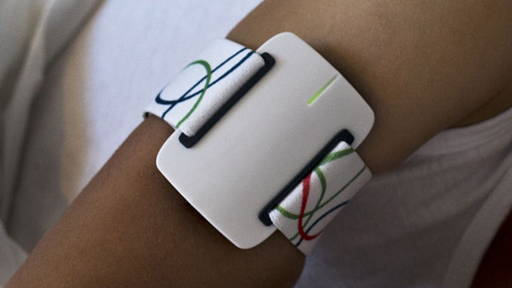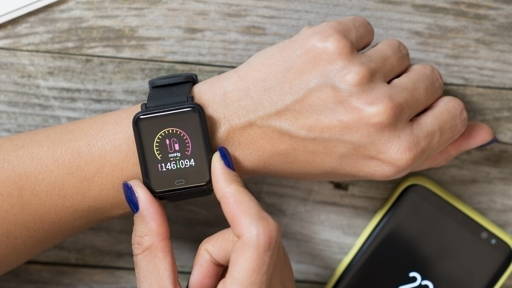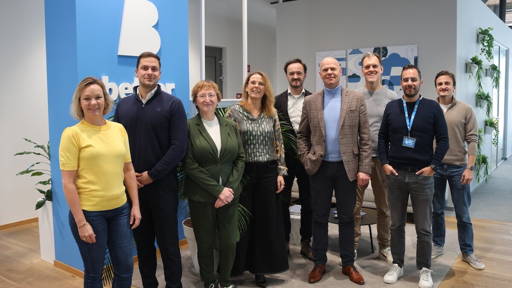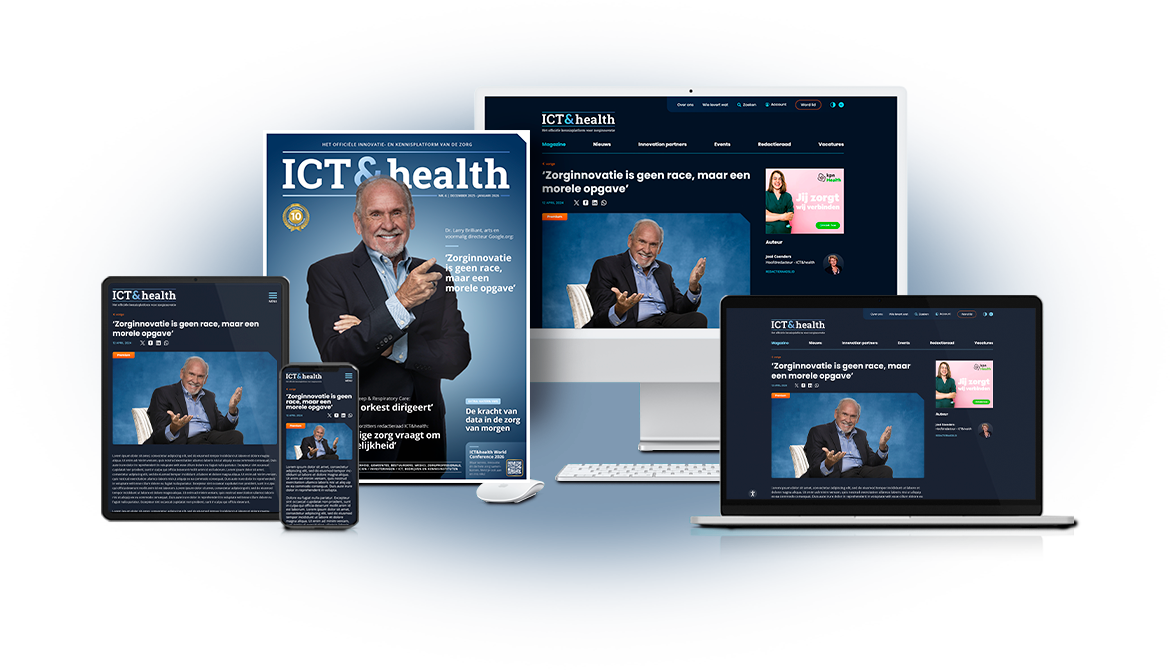'How technology will transform health(care)' is the main focus points of my work. One of the pearls of our work in our REshape Center for innovation is getting to try all kinds of new 'gadgets' and get sneak previews of new technologies, often named 'disruptive innovations'. Now still all separate devices and apps so what i call eGo-systems, but hopefully soon will turn into eCo-systems.
Some of these are 'simply' upscaling existing technologies into a wider range, often called 'globalization' or 'horizontal innovation', so from 1 to many. Others do really new things and actually disrupt existing processes called vertical innovation' so from 0 to 1 as Peter Thiel coined it in his book “Zero to one”.
I just wanted to briefly share my experiences with two innovations we’re currently exploring, one in the area of horizontal innovation and one vertical.
Dash
For the past months i have been using the developer version of Bragi's Dash wireless earbuds. I joined their kickstarter campaign because i always have a hassle with the cables of my earbuds, and was also triggered by their current features incorporating heart rate, steps etc. and future promise like bodytemperature, inclinational level, gps etc.
###Dash-1###
Like many kickstarter campaigns they ran out of schedule, but once i had them in my hands, the fun started. Besides their features like 4Gb mem, taking calls etc. the fact they are wireless, have noise cancelling that also has a transparency feature, letting sound in via a microphone and mix it with the audio-feed, nailed it for me. Especially handy when running, driving and letting some of the noise in. In a plane however one would leave this option off, with one swipe on the surface, to cancel most of the sound from outside. Having my own ‘personal commuting bubble’ and swiftly being able to listen what somebody says to me, rocks.
Next the health- and workout features add something great for me. Measuring my heart rate continuously, my steps and duration of my workout (if i had one ;-) without a strap, band or watch does the trick. The case that comes with them is also a charger for 4-5 times also acts as a hub for software updates. In future (software) releases the sensors, already onboard, will be unlocked for GPS, 4 axes accelerometer etc. At one point they expect you to look in the air and the Dash' will give you the current weather report. This is truly a personal audio hub. Wearing them can become a bit annoying sometimes due to in ear irritation; the phone calls did not work out for me (yet) echo, bad sound and trouble picking up the phone. But this must be due to early adopting issues and will be fixed in the upcoming (big) update over the next weeks i heard.
No strings attached (literally), great sound quality, good battery life (2,5 hour) and comfortable wearing in general and the (upcoming) features I expect to become the next big thing in personal audio and monitoring. With also Apple now rumoring to be working on wireless earbuds, this could become a disruption of earbuds and maybe even headphones as we know them. They almost work as good as my Beoplay H8 wireless headphones (including noise cancelling) although the sound quality of those are almost unparalleled (and phone calls do work;-) i.e. on the bass-level. I don't know of i should categorize these under 'wearables' or ‘insideables' but most certainly these will make (health)monitoring on large scale, low impact possible. They actually can work as an extention of our body, once they become smaller and smaller. This device combines several functions of different devices into one, just like the iPhone did with photo camera, typewriter, telephone, video camera, voice recorder, calculator etc .
alt="""" width=""521"" height=""1000"" data-htmlarea-file-uid=""1128"" data-htmlarea-file-table=""sys_file"" />
SCiO
Only yesterday the mailman brought me my SCiO. Worlds first portable (as in lighter or car-key form factor) pocket molecular sensor. This device measures the wavelength of matter, like food, plastics and any other material. In theory you could point it to your food and it could tell you the number of calories, fat, sugar and whether it contains gluten or not.
###Dash-2###
In theory, because first a whole databases has to be build by measuring and crowdsourcing all materials worldwide. It comes literally blank, even without an app to test. The app and online platform that comes with this developer version are to build the database and models and to refine them. Once you scanned at least 3 (better 5) times a substance or matter it can be recognized by the system easy. It can also be used for quality checks, if you have the right pills to distribute. I hope also it works with wound-tissue to see how a wound is evolving, because that is one of the use cases I see for healthcare.
Actually this is a existing device, of course tenths of times smaller and hundreds of times less expensive, that is now brought into society for a couple of hundred bucks, and in 5 years from now will be sitting and a standard feature in your smartphone. I can hardly wait to see the impact on this for people living with a chronic condition or an allergy, to support them on a daily basis.
So, which one to you is horizontal innovation and which one is vertical. Would love to read it in the comments including the reasoning why.
Author: Lucien Engelen, Director REshape Center for Innovation at Radboud University Medical Center, guest chief editor and president of the ICT&health editorial Board. Folow Lucien on Twitter: @lucienengelen or Linkedin.
